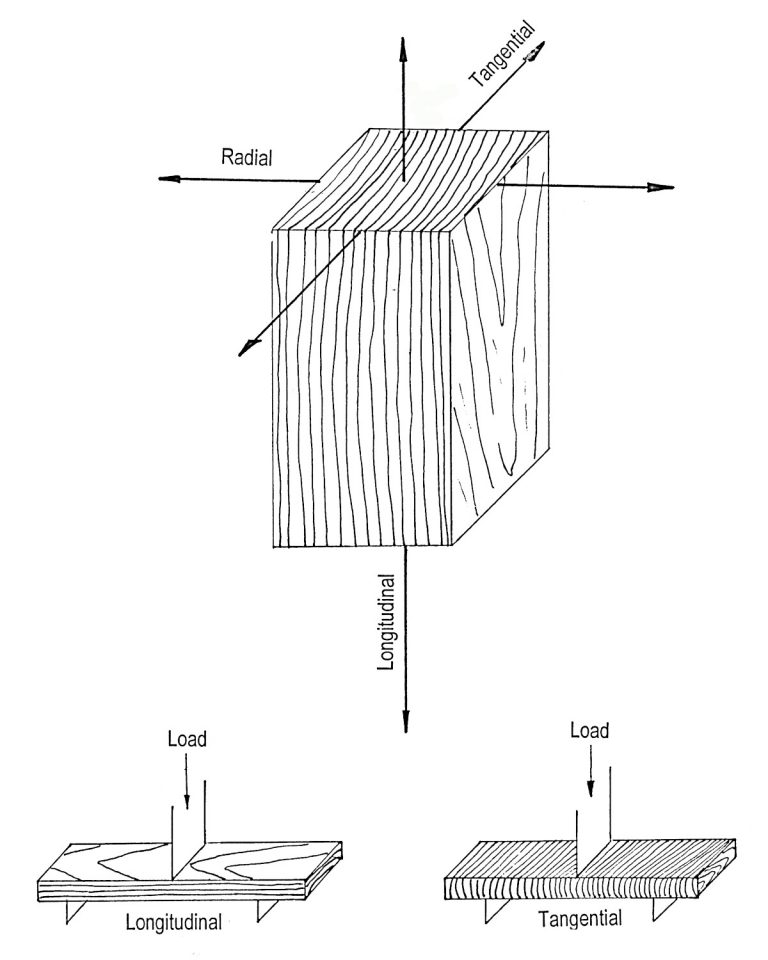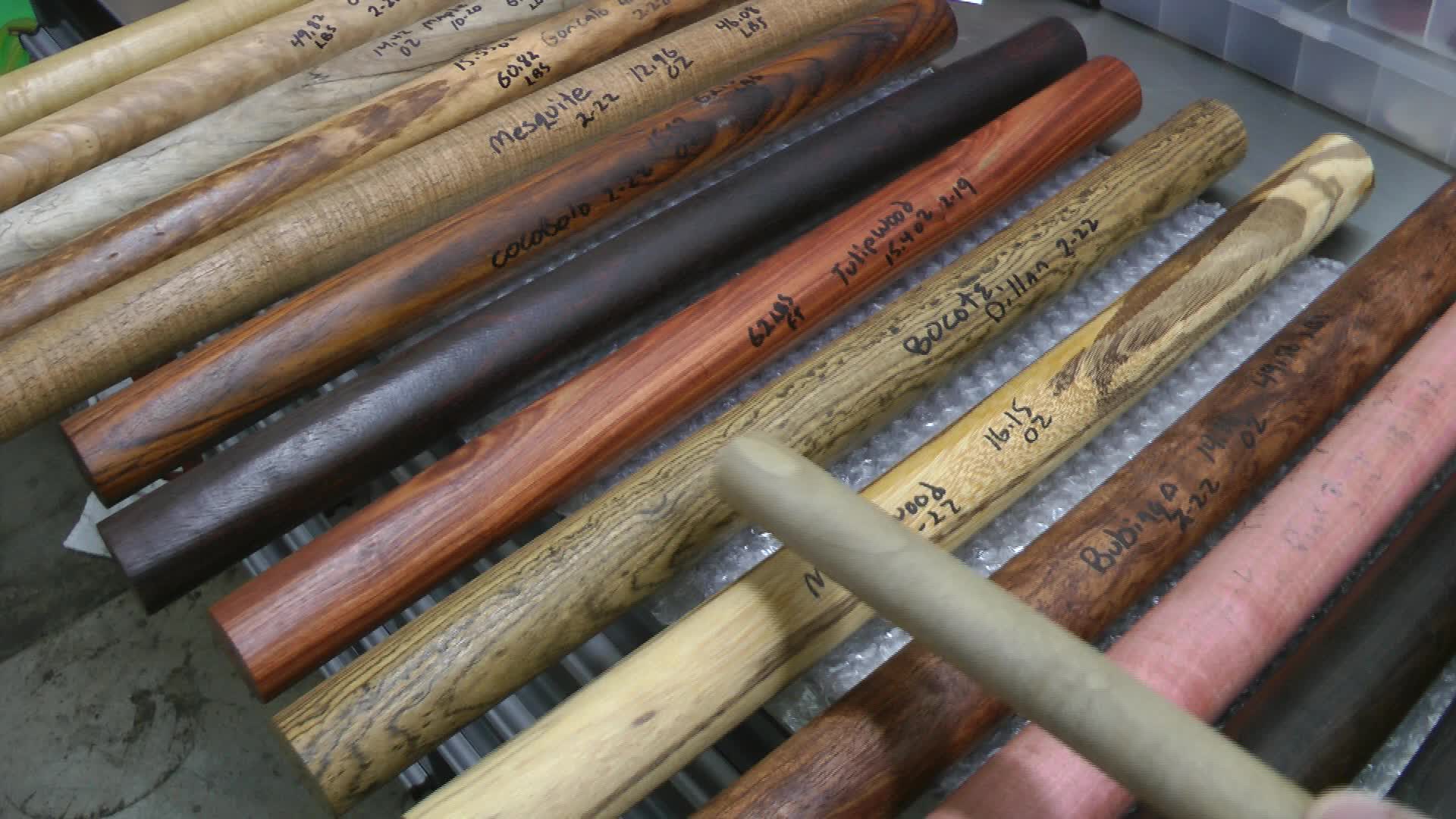Not a cue maker. But I share your theories & consider them quite valid & also very much like
@kling&allen ‘s concept of ultrasonic wave testing.
I work in the field of wireless communucations; in RF propagation through antennas etc, there is the concept of Voltage Standing Wave Ratio (
VSWR) where the reflected wave in a transmission line with imperfectly matched impedance results in significantly reduced output power. This concept applies to any EE circuit, but the power levels in radio systems has dramatic affects on system performance, is easily measured & widely documented and provides the easiest graphics to understand the energy/wave concepts.
The same thing occurs in any resonant medium, and is the basis for tonal quality in musical instruments, and of course applies to cues also. The wiki article on
resonance is quite good.
This is why butt & joint design certainly do play a part in how a cue feels/plays/sounds. Those that say butts don’t matter much, “its all in the shaft”, don’t understand these physics issues. Granted, at the low frequencies that exist in cue materials, these effects are subtle but still quite real. Non believers can simply put the same shaft on different butts - tapping the shaft near the tip, while gripping the butt far back on each combo, one can easily observe & feel variations in the vibrations/feedback.
Cool thread.


